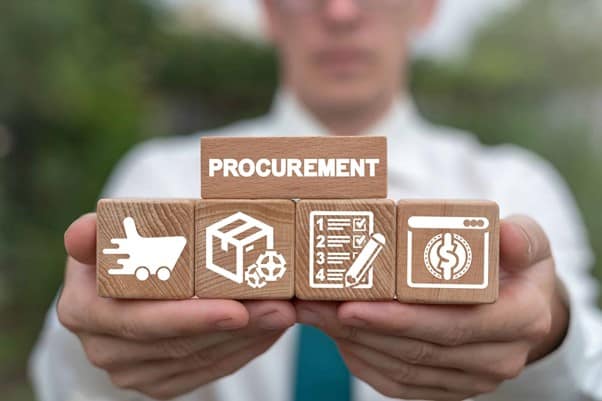Purchasing vs. Procurement: What’s the Difference?

Procurement and purchasing are both involved in the process of acquiring goods and services. Often, these two terms are used interchangeably, but they describe two distinct processes. The procurement function handles the entire strategic life cycle of an acquisition, whereas the purchasing function handles the transactional (tactical) process of acquisition
Exactly what is procurement?
In general, procurement encompasses all of the activities from identifying which goods and services are required by a business, to sourcing the best value suppliers, to negotiating and managing contracts to managing the suppliers and evaluating their performance.
Every category of goods and services follows the same procedure, and the life cycle is repeated upon the termination of each contract.
It is the purpose of procurement to provide value for money beyond just direct cost savings and sufficient quality, and it achieves this by giving consistency, transparency, and control to each of the different parts of the process.
By following proven processes and eliminating inefficient ones, time can be spent on more profitable tasks. Identifying ways to reduce waste and usage, as well as delivering efficiencies, can save additional money.
It is increasingly important that procurement adds value to the whole business by taking into account other factors, such as ESG and supplier innovation, which are part of the company’s overall ethos and help to future-proof it.
What is purchasing?
Purchasing is the process of creating a purchase order, approving it, placing the order, delivering the goods and services, and obtaining payment instructions.
It is repeated many times a day across different goods and services, and is usually addressed by a single procurement process for multiple products and services under one category.
The goal of purchasing is to deliver cost savings and sufficient quality for the day-to-day running of the business.
Procurement and purchasing are integral parts of every business, and having control over their processes protects their revenue.
Companies with more resources, particularly large ones, have procurement and purchasing functions and processes in place to take advantage of both. As a result, they rely less on spreadsheets and shared drives to accomplish this, relying on digital solutions that maximise the benefits and offer a good return on investment.
Several Purchase to Pay systems are available to help SMEs with their purchasing, however only one procurement platform has been specially designed for SMEs, and that is oboloo. oboloo is an intuitive and simple cloud-based platform aimed at helping SMEs be more supplier smart and take control of every aspect of their procurement process, from sourcing and contract management to supplier and savings management. Visit oboloo to learn more about oboloo and to try it out for free for 30 days.

